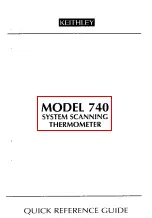
Abnormal tympanograms can be grouped into two broad categories:
low-admittance pathologies and high-admittance pathologies.
admittance pathologies include space-occupying lesions of the
middle ear (e.g.
otitis media with effusion,
middle ear tumors),
ossicular fixation (e.g.
otosclerosis, lateral ossicular fixation),
and conditions that artificially flatten the tympanogram (e.g. ear
canal occlusion, tympanic membrane perforation). High-admittance
pathologies include eardrum abnormalities and ossicular disruptions.
Typical results from each of these conditions are presented below.
LOW-ADMITTANCE PATHOLOGIES
Space-occupying
lesions
of the middle ear.
These conditions produce low static admittance of the middle ear
by a variety of mechanisms. A lesion that displaces air in the middle
ear space will cause low admittance by reducing the middle ear
volume. The lesion may also interfere with the vibration of the
chain, contributing to the low admittance. Finally, if the lesion
is in contact with the eardrum, low admittance will result from inter-
ference with eardrum vibration.
1. Otitis media with effusion
Tympanometric characteristics
of patients with OME typically include one or more of the following:
low static admittance, wide tympanometric gradient (width), and
negative tympanometric peak pressure. In advanced cases, OME
results in flat tympanograms (low static admittance). In inter-
mediate stages of OME, the peak height may be normal, but the
gradient too wide and/or the peak too negative.
28
















































